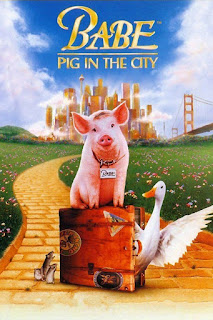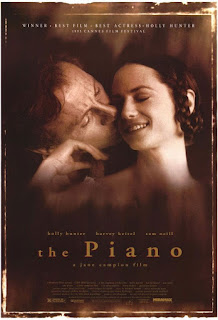May 17th: WOMEN ON THE VERGE OF A NERVOUS BREAKDOWN (Pedro Almodóvar, 1988)
An actress afraid she is being dumped gets mixed up with her lover's wife, his son, her own friends, and Shiite terrorists.
When the near-40-year reign of Spanish dictator Francisco Franco ended after his death, La Movida Madrileña, a resurgence of counterculture and artistic expression occurred, blossoming out from the country's capital Madrid, and seen in new forms of music, film, literature, fashion, slang, as well as the use of recreational drugs and a more hedonistic social life. Pedro Almodovar, intended for the priesthood by his family, left for Madrid at age 18 to teach himself filmmaking.
Almodovar dabbled in experimental theatre, newspaper stories, comics, and the rock scene, and after a series of sexually-themed short films, made his feature theatrical debut in 1980 with Pepi, Luci, Bom. He quickly amassed a cult following on the independent film circuit, and for the rest of the decade saw increasing commercial success and festival attention. In 1987 he formed his own production company with his brother Augustin, leading to his major international breakthrough.
Inspired by French artist Jean Cocteau's play The Human Voice, as well as his own experiences working for the telephone company, Almodovar reined in some of his more perverse tendencies for Women On The Verge Of A Nervous Breakdown, while sacrificing none of his usual energy and visual daring, with this modern take on classic Hollywood screwball comedies.
As usual for the director, the production took place in Madrid. Behind the camera was cinematographer José Luis Alcaine, in his first of six films with Almodovar. Bold colors and unconventional camera angles/movements are trademarks that continued to appear. The cast is headed by longtime Almodovar muse Carmen Maura, as well as returning collaborators Antonio Banderas, Julieta Serrano, Rossy de Palma, and Chus Lampreave.
In addition to an extravagant visual style, the film features typical Almodovar content and themes; the blending of pop art with high camp and melodrama with slapstick comedy, rapid-fire dialogue, strong and eclectic female characters, references to classic films, and stories set within the film/TV industry.
The film was a hit, earning $7 million alone in the U.S. (on a $700,000 budget). It was Almodovar's first showing at Spain's annual Goya Awards, winning Best Picture, Screenplay, and Actresss (Maura). It received Best Screenplay at the Venice Film Festival, Best Foreign Language Film notices from the New York film critics, and was Almodovar's first Academy Award nomination in that category.
Running time is 90 minutes.










Comments
Post a Comment